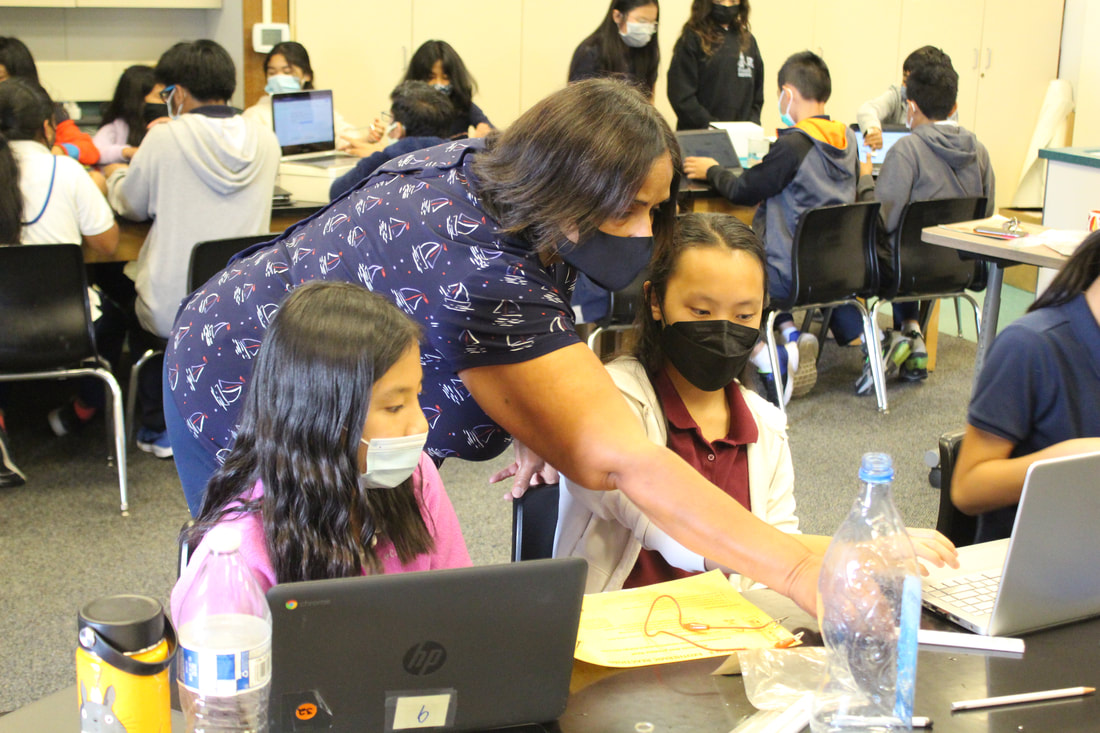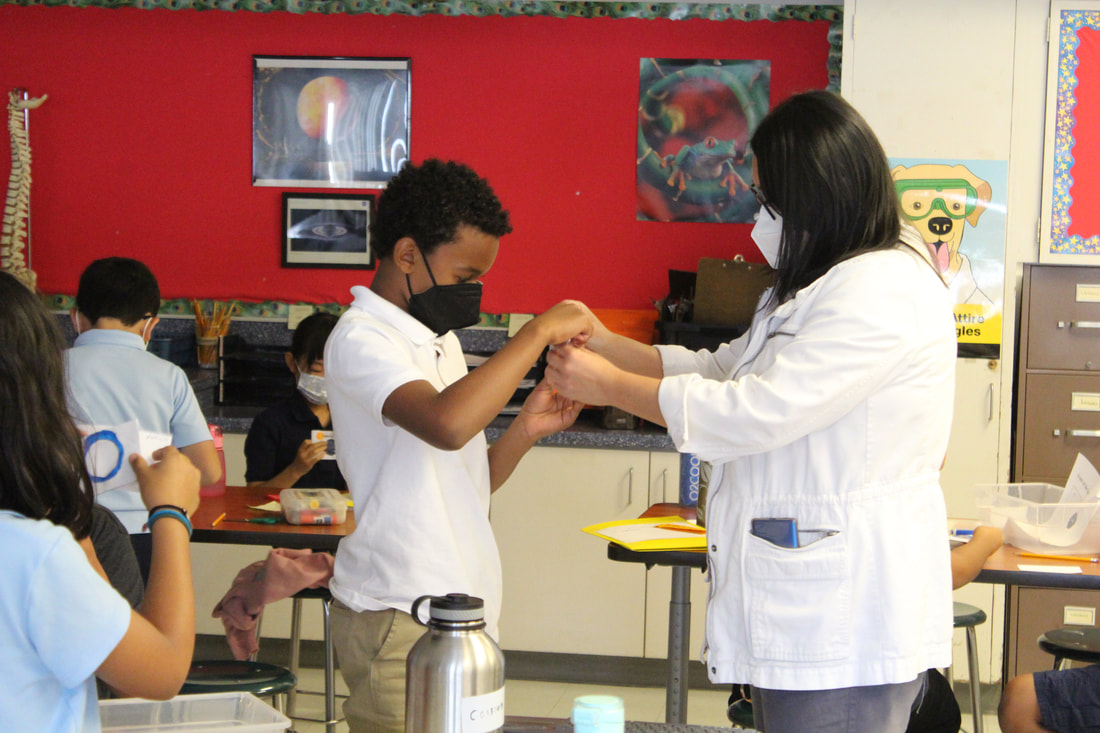 Happy Hispanic, Latino, Latinx Month! So, who’s invited to celebrate? Well, Hispanic refers to anyone who traces their lineage to a Spanish language or cultural heritage, including those of us Mestizos of mixed blood (indigenous, Afro-Caribbean and Spanish). And Latino refers to anyone from a Latin-American country or a Latin-based language. That includes Americans of Latin ancestry, North-American Latins (Mexicans), Central and South-Americans, Iberian Peninsulars (Spanish and Portuguese), Italians, French, Brazilians and even Romanians. Sooo, a whole bunch of us! And Latinx refers to any gender in these groups; male, female, non-binary, LGBTQ+. Need more of a definition? Hispanics tend to have the highest longevity in the US (due to our propensity to socialize, our pre-Colombian diet and our faith). We also tend to be the happiest of any ethnic group in the US. We are the least likely to place our elderly parents in senior homes and the most likely to have multigenerational households. If you are healthy, happy, family oriented, or enjoy your extended family then you qualify as a Hispanic. Since our food defines us, if you enjoy a good mole, a thick, spicy, peanuty sauce with chicken (sort of like a good Indian masala, butter chicken or a Thai curry) or if you like a savory pork or beef, peppery, oniony, guisado (reminiscent of a Filipino adobo) or even a tasty torta (which is no different than a Vietnamese Banh Mi), then you qualify. If you have ever tasted tripas (chitlins) or carnitas (Chinese char siu), then you also qualify. So Happy Hispanic Heritage Month. If you speak Spanish, or not, if you come from a Latin country or not, if you are happy, if you love your family, if you eat OUR food, if you want a long life, regardless of gender, then you are welcome to celebrate with us! By Gerardo Lopez, MUSD Child Development Centers Coordinator / Historian of Hispanic Heritage By Jazmine Finuliar
True Colors President 2021-2022 Happy LGBTQ+ History Month! This month is one where we all must come together to acknowledge the historical events and figures that were the foundation of where LGBTQ+ liberation currently stands. One of the very special days that our community shows our support through is National Coming Out Day (NCOD). National Coming Out Day is celebrated every October 11th in order to raise awareness for coming out, and encourages people of the community to embrace who they are. The first National Coming Out Day was celebrated in 1988 by gay rights activists Robert Eichberg and Jean O’Leary to observe the 1 year anniversary of the 1987 March on Washington for LGBTQ+ Rights. At the time, being closeted and holding heteronormative perspectives were normal occurrences in society. Because of that, they strived to destigmatize the LGBTQ+ community in order to provide a safer environment for young people of the community to express themselves freely. Because the 11th is also Indigenous People's Day, we at True Colors chose to celebrate it on October 12th in order to bring everyone together at the same time. Established in 2018, True Colors is an organization that strives to promote allyship, education, and a safe space for LGBTQ+ individuals on campus. Every NCOD, we distribute rainbow stickers to people all over campus. Each person is able to write whatever label they are proud to be, and it is also an option for the person to simply not write a label. Seeing everyone wear their sticker in support of NCOD was truly a sign of hope and progression towards completely deconstructing bias against the LGBTQ+ community. Though we think that there is still a lot of work left to do, taking it one step at a time through events like this greatly contributes to that objective. When MUSD Administrative Secretary Suzette Bromagem is not assisting families with students of exceptional needs, she dedicates time as a delegate for local Chapter 281 for the California School Employees Association.
Bromagem, along with Debbie Narvaes of Berryessa School District, co-authored a resolution at the 2019 CSEA Annual Conference for full Transitional Kindergarten funding for students regardless of age (4 or 5). That resolution then became Assembly Bill 22 and was sponsored by California State Assemblymember Kevin McCarty. It then recently became law when Governor Newsom signed the bill, allocating $3 billion for TK funding to be phased into the state budget. "We will now get the funding to support these TK students whether they are 4 or 5 years old," said Bromagem, explaining that previously students only received funding at age 5. CSEA Chapter 281 President Machelle Kessinger, a MUSD Administrative Secretary in Student Services and the CSEA Area C Director, spoke on the Senate Floor in favor of AB22. "All children deserve an equal education," Kessinger said. "All students in the state of California will have the same opportunity at early education, and that's what is most important." Science Specialists engage elementary students in scientific exploration, experimentation10/23/2021
Snemer Anand bounces around her classroom laboratory at Pomeroy Elementary School with as much joy and enthusiasm as her students who are deeply engaged in the variety of hands-on projects she has at each station centered around Thermal Energy.
“She’s great,” said 11-year-old sixth grader Kevin Yovan. “She does super fun projects. Today, we learned how different types of objects can make sparks and fire.” The excitement and energy around science discovery is just as engaging at Spangler Elementary School, where Sappho Chow has her students learning hands-on about the different functions and parts of the eye. Wearing a white scientist jacket as she instructs her students using a “Mystery Science” video, Chow has their full attention. The students follow steps to create a retina and cornea that they will experiment with the natural light coming in from the window. “It was very cool to learn about the design of the eye,” said 8-year-old fourth-grader Navya Khadloya. “She asks lots of questions to make it interesting.” Anand and Chow, who are two of nine science specialists employed at each of MUSD’s elementary schools, cover the Next Generation Science Standards for all fourth through sixth grade students whose classes rotate into their laboratories on a weekly basis. In her 44th year of teaching science (24th at Pomeroy), Anand holds a Bachelor of Arts in Science and a Masters in Education and English Literature. She leads eight classes in inquiry-based science exploration. On this particular Wednesday, she has sixth graders experimenting with Solar Cookers, Energy Transfer, Kinetic Energy, Heat Energy, Electricity, and more. “All of our stations are based on energy and how they are transferred,” said Anand as she demonstrates how different metals expand and contract at varying rates. “MUSD has always had science specialists, and that’s what makes us special in the Bay Area.” Chow, in her 8th year at Spangler and 12th overall in science education, holds a Bachelor’s in Biological Sciences and Masters in Education from UC Riverside. She has been teaching ever since and “it’s great exposing science to kids early on,” Chow shared. Her classroom cabinets are stocked with microscopes, beakers, anatomy parts, and other scientific apparatus for her students. She teaches nine classes, including one Special Day Class. “I enjoy the new projects,” said 9-year-old fourth grader Rick Berry, who shares what he learned about the eye. “Behind the pupil is the retina and that helps the light project images.” Chow captivates her classes with student-centric, hands-on activities centered around lessons in Life Science, Earth Science, Physical Science, and Engineering. Her goal is to “build on their curiosity with exploration” and to show them “what scientists do in real life.” MUSD’s nine science specialists meet regularly to exchange ideas and experiences in the classroom and support one another throughout the school year. “I love my team,” Chow said. “We try to support each other in any way that we can.” Anand is overwhelmed with the support she receives from her Pomeroy families who value science in education. She hopes the younger generation of science specialists will continue to be supported at each of MUSD’s elementary schools. “Our community respects that we are able to dedicate funds to science,” Anand said. “It’s truly an awesome program that we have here.”  Suicide Prevention Awareness Month is a time to come together to raise awareness, offer support, and reduce stigma around a difficult topic. During this time of dual health and social justice pandemics, the acute and residual effects continue to increase suicide rates and affect communities in disproportionate ways. According to the CDC, suicide is the 2nd leading cause of death for youth ages 10-34. Black, Indigenous, People of Color (BIPOC) and LGBTQ+ students experience life events or stressors that other students do not, and are linked with greater risk. During the pandemic BIPOC, particularly Hispanic and non-Hispanic Black groups, experienced suicide ideation more than other groups in the 30 days before a survey. The Trevor Project reports that LGBTQ+ youth are 5 times more likely to attempt suicide than their heterosexual peers, and 8.4 times more likely than their LGBTQ+ peers when they come from highly rejecting families. These statistics are sobering, however, suicide is preventable! The most effective intervention for suicide is prevention. Acceptance, understanding, belonging, and connection saves lives. According to the Family Acceptance Project, having at least one supportive adult can reduce a LGBTQ+ youth’s risk of suicide. It is essential that as a community we seek to be the person our loved ones and students can talk to without judgment, and that we get help ourselves when we need it. A frequent barrier with suicide prevention is stigma. For example, the language of “commit” suicide is one we use for crimes, where we should instead use the more compassionate descriptor of “died by suicide.” Nobody takes their life for a single reason, and generally when someone dies by suicide, it can be attributed to a combination of various risk factors. It is important to Know the (warning) Signs of a person who is having suicidal thoughts, and for teens, to Seize the Awkward in talking to a friend about their mental health. Talking about suicide is not easy, but there are ways to do it, even while nervous. Assume that you are the only one that will have this important conversation; contrary to popular belief, asking someone about suicide will not put ideas in their head and may actually provide relief. The American Foundation for Suicide Prevention has created prompts for how to start a #RealConvo to help guide you. Finally, though suicide is preventable, in spite of all we do, not all will be prevented. It’s understandable to feel like you should have done something but when we look at the data, even when we have done everything it can still happen. It is important to give ourselves grace and to keep showing up for each other and ourselves. By Sandra Quintana, MUSD Mental Health Program Manager See below for more information and resources. MUSD created resources: Local Crisis Resources, Self-Care, LGBTQ+, Community Mental Health Services & Resources, District-Sponsored Connection to Mental Health Services National Resources: National Suicide Prevention Lifeline: 1-800-273-8255 Nacional de Prevención del Suicidio: 1-888-628-9454 Crisis Text Line: Text TALK to 741741 to NAMI: Navigating a mental health crisis guide Veterans Crisis Line: Call, Chat, Text SAMHSA: Helping Your Loved One Who is Suicidal, Recovery After a Suicide Attempt Suicide Prevention Resource Center: Trainings For Suicide Loss Survivors Suicide Prevention Resource Center guide for Survivors of Suicide Loss American Foundation for Suicide Prevention - “I’ve lost someone” Suicide Awareness Voices of Education Alliance of Hope for Suicide Loss Friends for Survival |
NOTICE OF PUBLIC HEARING:
The governing board of Milpitas Unified School District will hold a Public Hearing on Tuesday, June 28, 2022. Media ResourcesArchives
July 2024
Categories |
Milpitas Unified School District
|
|






 RSS Feed
RSS Feed
